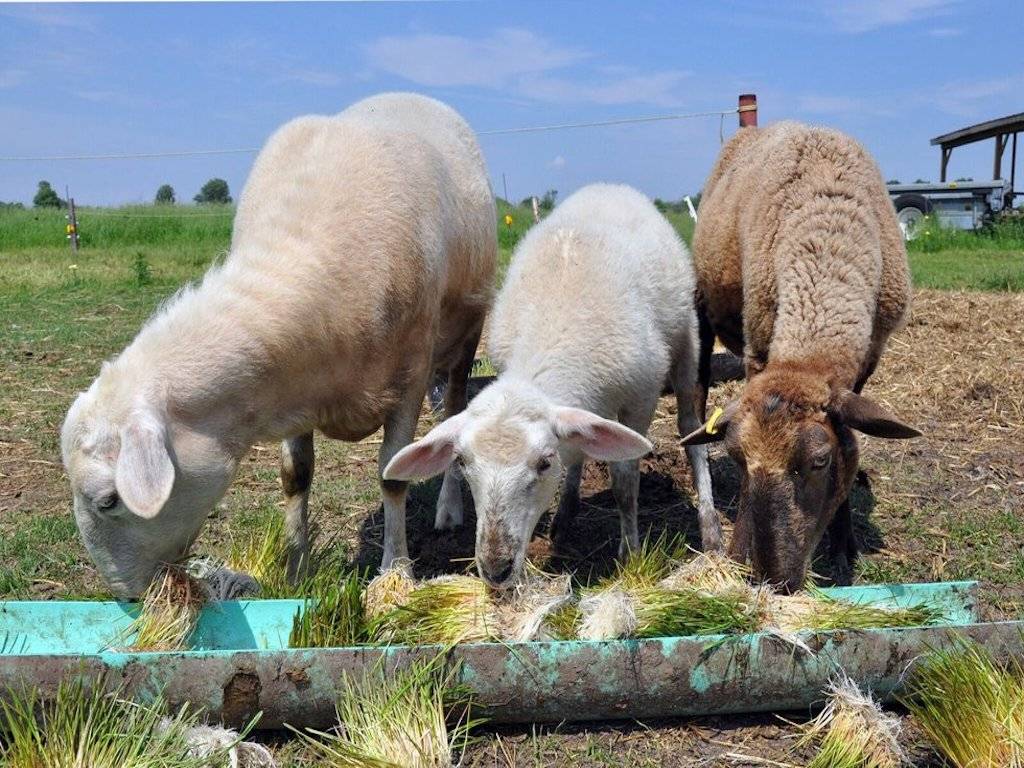
Farmers in Maharashtra's Sangli district's Balawadi village are deliberately trying to increase their income by experimenting with fodder production, despite the fact that the Centre has initiated numerous schemes aimed at doubling farmers' income by 2022.
“The National Commission on Farmers has stated that several sources of income are essential to supplement farmers' income. We've been working on a fodder farming model in drought-prone areas of Sangli district for many years, and the experiment is gaining traction,” said farmer activist Sampatrao Pawar.
Farmers in Balawadi have planted maize on ten acres of land as a first step toward establishing a fodder bank this year. To meet the needs of farmers in Khanapur taluka, they will cultivate fodder on over 25 hectares (block).
According to Pawar, previous studies have yielded positive findings. Fodder farming has yielded strong returns for farmers over the last five years. Farmers claim that growing fodder is less costly than growing sugarcane or vegetables because it takes less water, pesticides, and fertilizers. Sangli, in South Maharashtra, is one of the most important dairy districts in the state, and quality fodder is in high demand all year.
Balawadi villagers cultivated fodder and established a fodder bank for indigent farmers in 2019. During droughts, the government sets up fodder camps where farmers can bring their cattle, but these camps have a negative effect on cattle health and milk production, according to farmer Ashok Jadhav. “The standard of the fodder offered in these camps is subpar. Many fodder camps are operated by local politicians who benefit from the government's grant to run fodder camps by feeding sugarcane to the cattle. Farmers must provide for their cattle by establishing fodder banks, according to him.
The government should set a minimum support price for fodder and procure it, according to Sandesh Pawar of the Ugam Foundation, which works with farmers. It will then feed the cattle at the fodder camps with it. “Furthermore, the government should provide incentives and grants to farmers to enable them to produce fodder. In many parts of Maharashtra, excessive sugarcane cultivation has ruined the land's fertility, and we've seen that fodder will help boost soil fertility and raise farmers' income,” he added.
According to the National Commission on Farmers' study, further research and development efforts in the areas of green fodder and feed production are required. “Fodder and feed banks may be set up to help landless labor households, many of whom are Dalits, transition to stall-fed animal husbandry and backyard poultry farming. To ensure a fair return and prevent risks, a market tie-up would be needed. Microfinance should be accompanied by sufficient contingency services in order to become Livelihood Finance, according to the Commission.
The Commission proposed that a Livestock Feed Corporation of India be established to assist local SHGs in the development of fodder and feed, as well as the organization of ‘Fodder and Feed Banks,' and to improve applied research in various agro-ecological regions so that livestock owners may introduce proper feeding regimens using locally available feedstuffs and roughages.

















